(Neuchâtel 1907 – 1986)
The cliffs of La Roque Gageac
Gouache on paper
H. 46.5 cm; L. 53 cm
Signed lower center, dated 1977
Provenance: Private collection, Paris
Born in Switzerland, Hans Seiler spent his childhood in Bern where his doctor father practiced. At 17, he is already passionate about drawing and walks around with notebooks that he fills with sketches. The curator of the city museum, who was able to take a look at his work, advised him to start an artistic training. Seiler goes to Lyon and enters the School of Fine Arts in the city in the sculpture section under the direction of a pupil of Rodin. The latter quickly pushes him to take off and reach Paris. It was in 1927 that he entered the Académie Ranson where Roger Bissière taught him painting. This filiation will be felt in Seiler's art until the last days of his life. Having become a friend of his master, he meets Marcel Gromaire who will also be an artistic pillar in his life and a faithful friend. In 1934, he settled in Chennevières sur Marne with his wife, then bought at the dawn of the war a charming house in Périgord, in La Roque Gageac. This residence which dominates the Dordogne and allows to have a breathtaking landscape from the terrace, will be a place of resource and life for the painter and his family. Many works will be made at the foot of the cliffs and seen from inside the house. Seiler traveled extensively in Finistère and Normandy from the 1930s, then the Netherlands and its flat landscapes with heavy skies. He discovered Spain in 1978 and where he stayed every autumn until 1986 and produced magnificent works of fortified cities or dry mountains. Numerous exhibitions have been devoted to his art during his life and since his death, notably at the Bonnat Museum in Bayonne, and by various Parisian and Swiss galleries. The latest was produced at the Meudon museum in 2007 on the occasion of the 100th anniversary of his birth. Stylistically, Seiler works on plays of light, between shadows and illuminated points, which he often delimits by lines criss-crossing the compositions. From contrasting works in bright colors, he moved in the last 15 years of his life to light, pastel tints, which gave landscapes a new approach that no artist had yet given in Périgord.
This view of La Roque Gageac is not the most academic. Taken from the road coming from Castelnaud, the cliff in the foreground partially masks the very charming Château de la Malartrie, of which only one tower appears. In the background, the roofs of the houses of the village of La Roque Gageac stand out, glued against their high protective limestone wall.


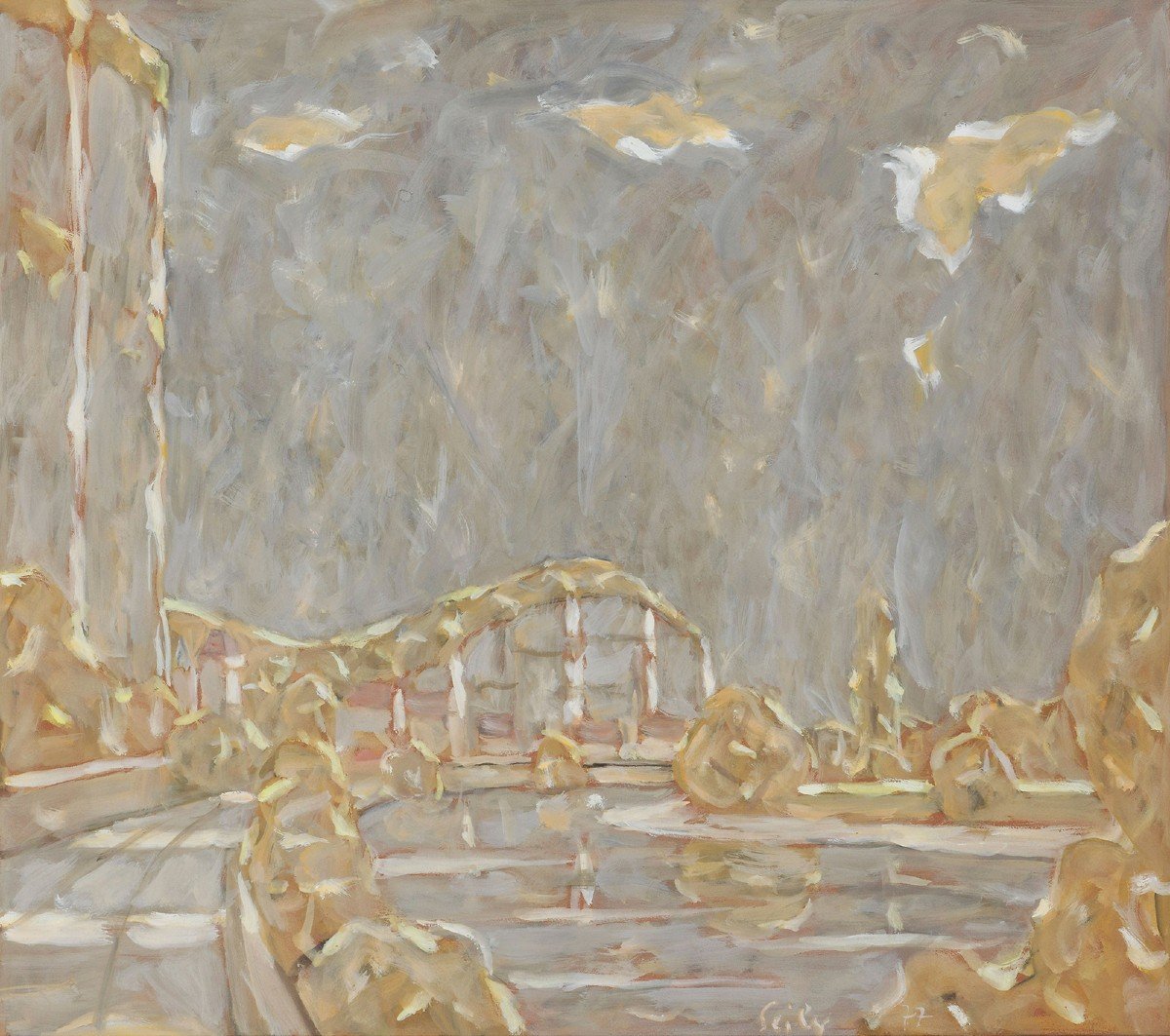
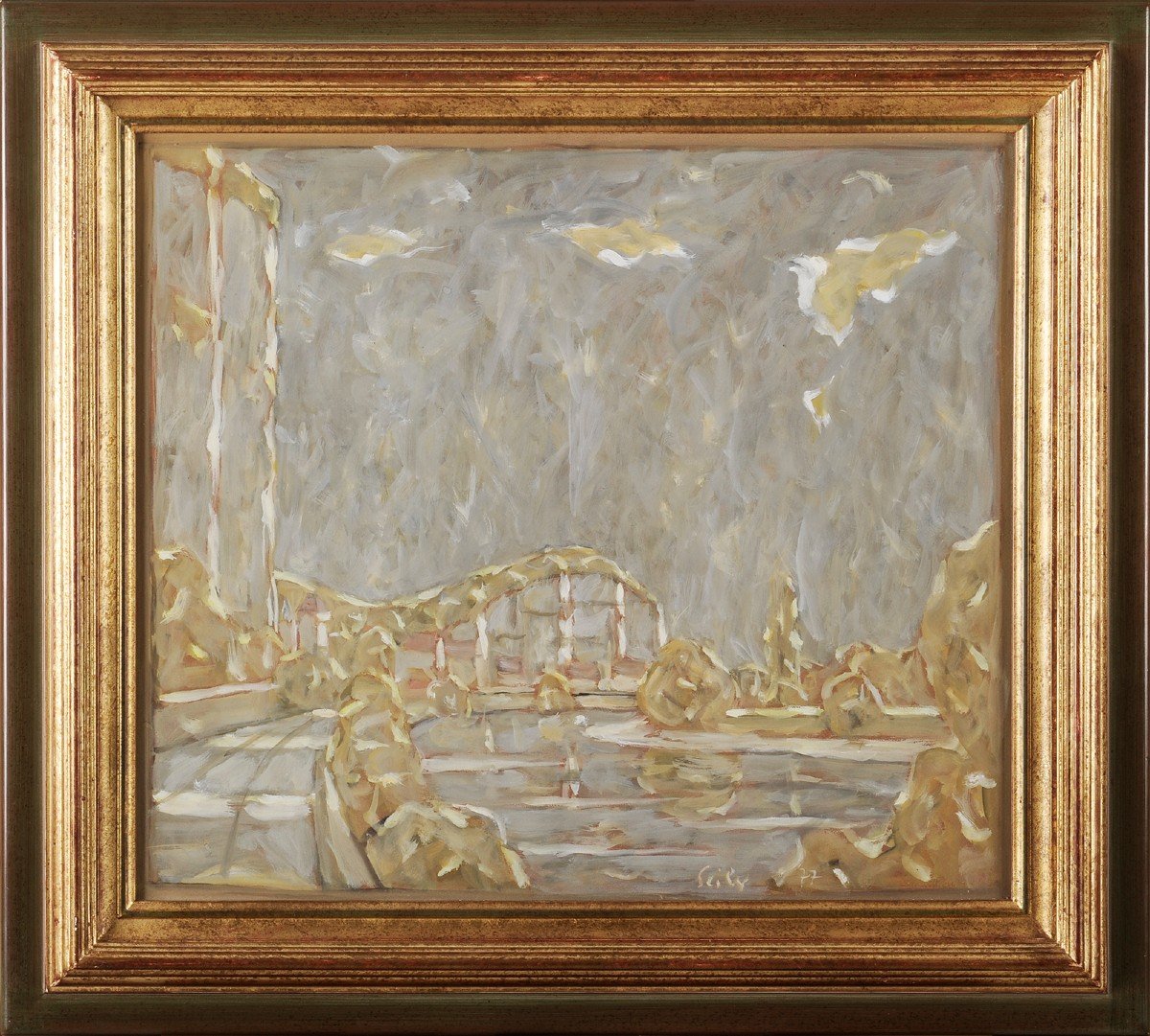
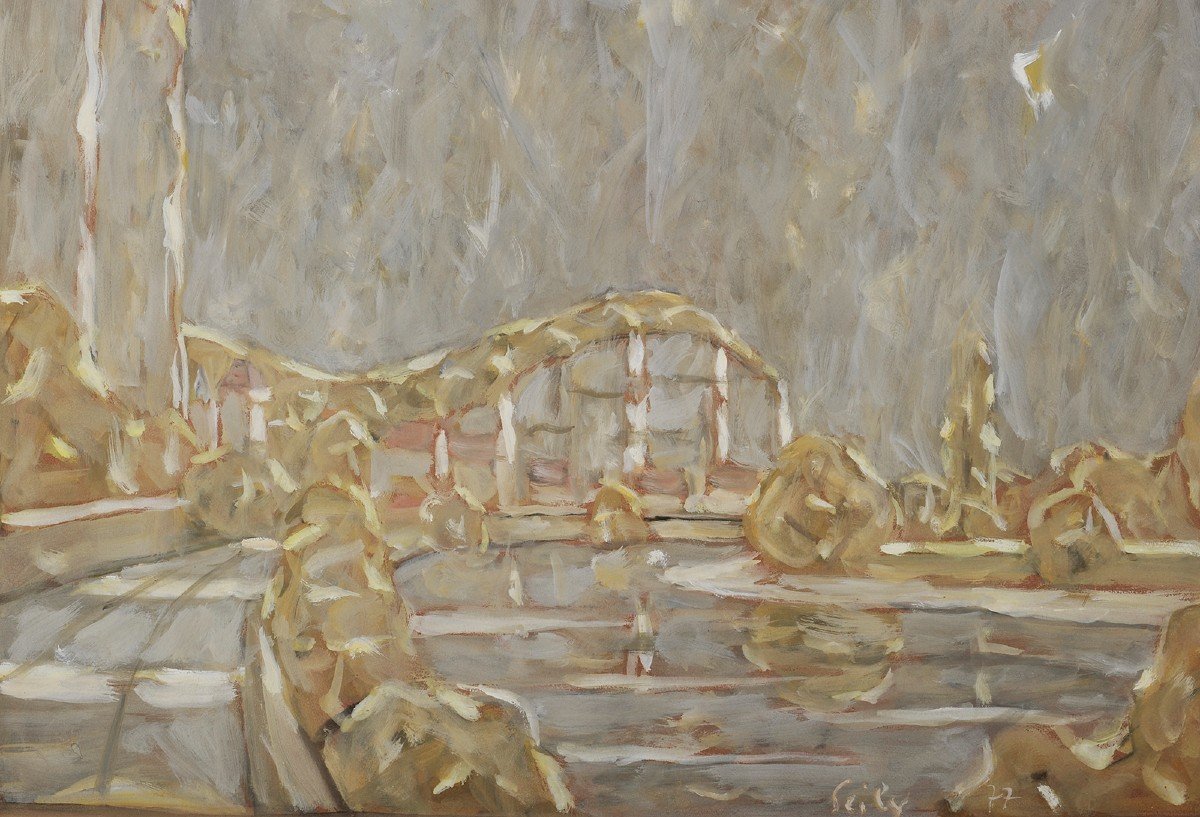
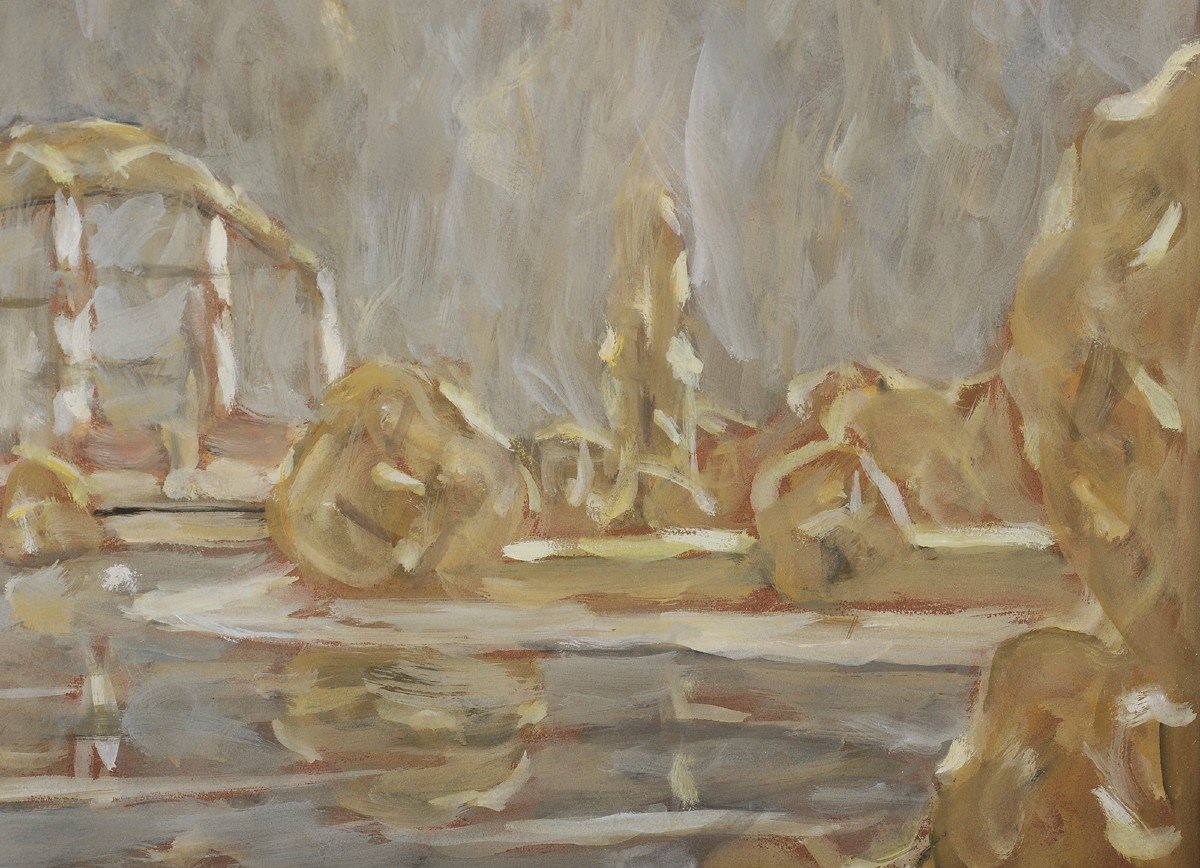
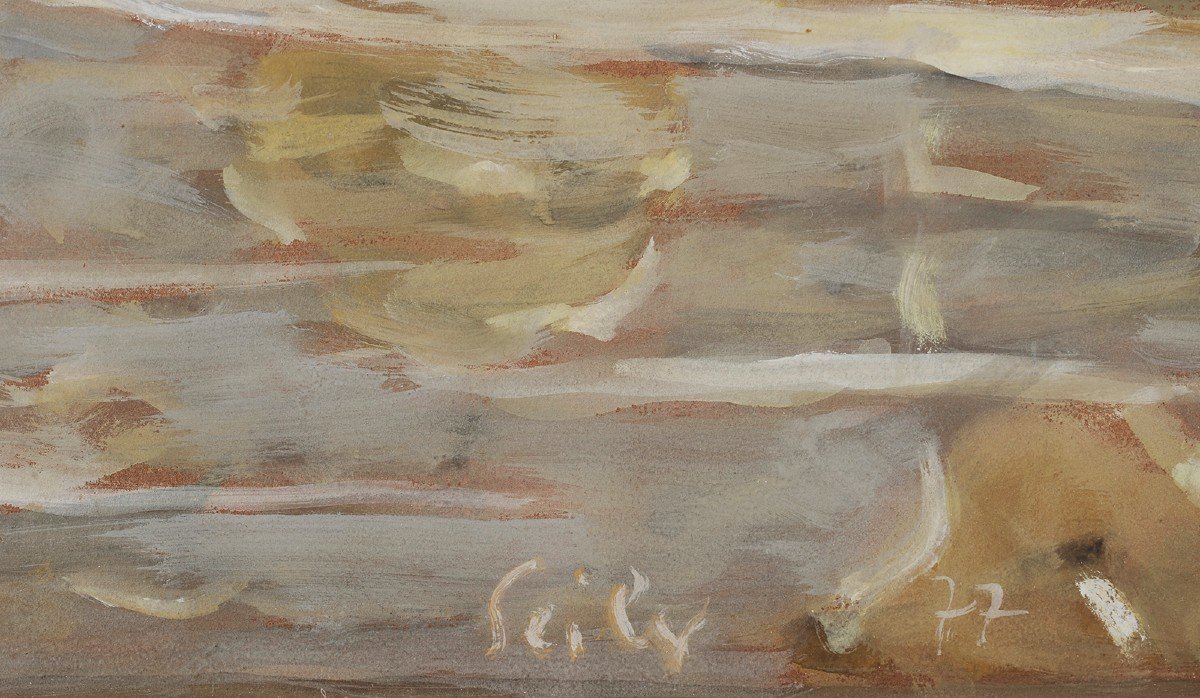









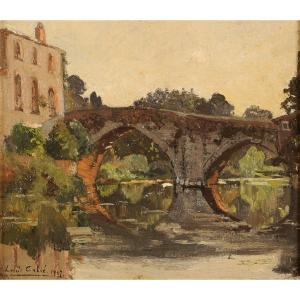

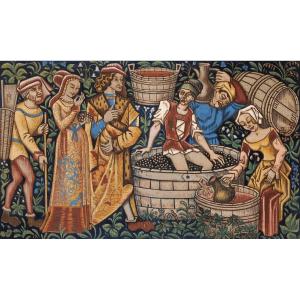




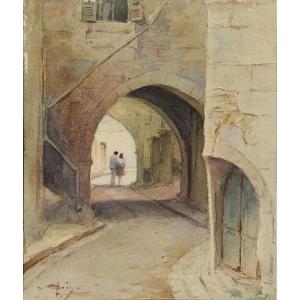



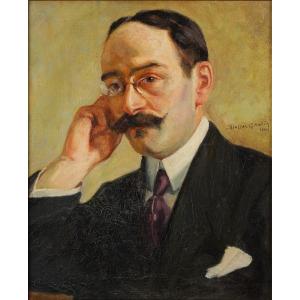
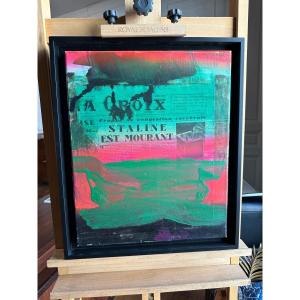

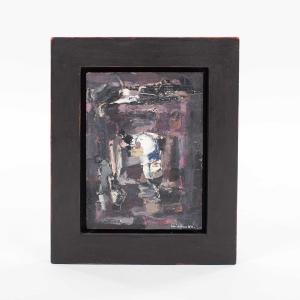
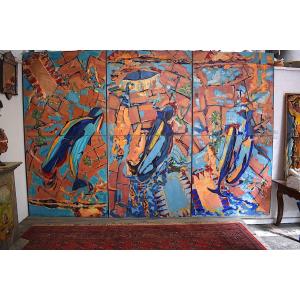
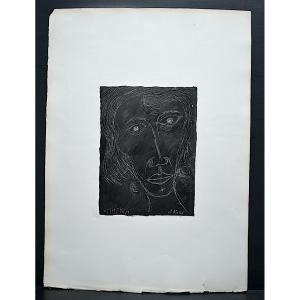



 Le Magazine de PROANTIC
Le Magazine de PROANTIC TRÉSORS Magazine
TRÉSORS Magazine Rivista Artiquariato
Rivista Artiquariato